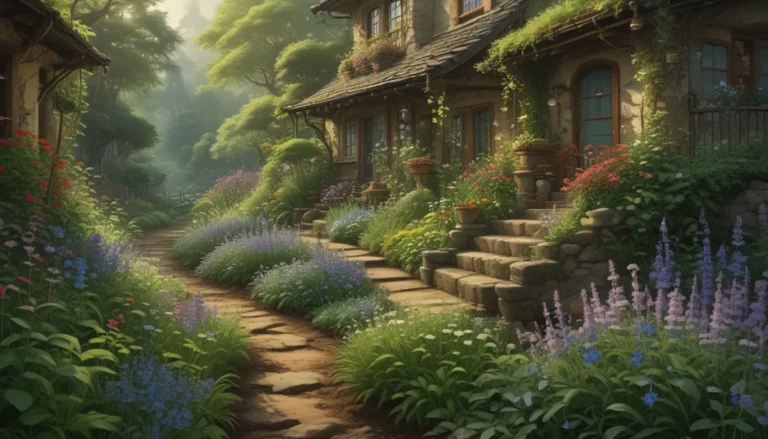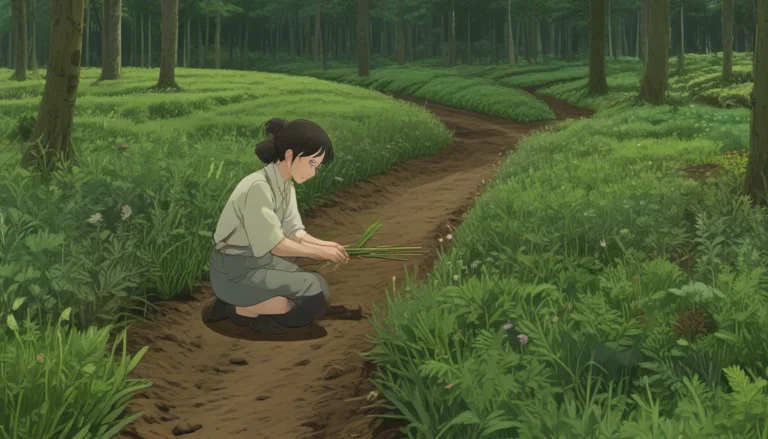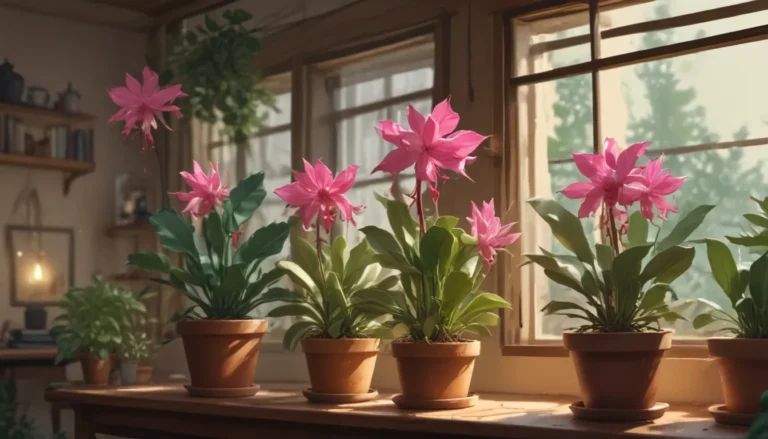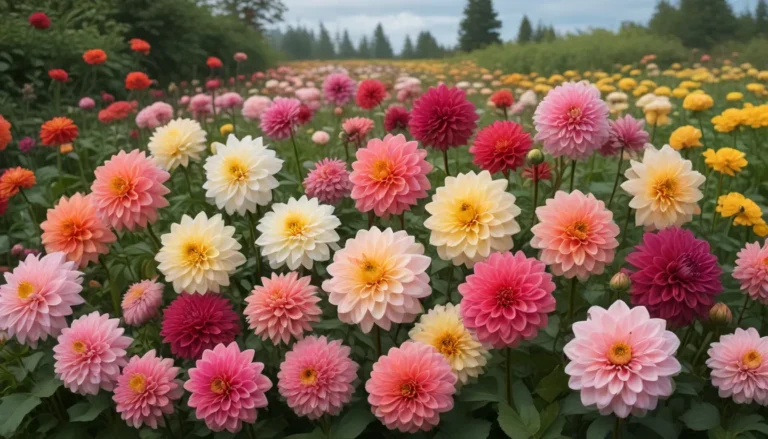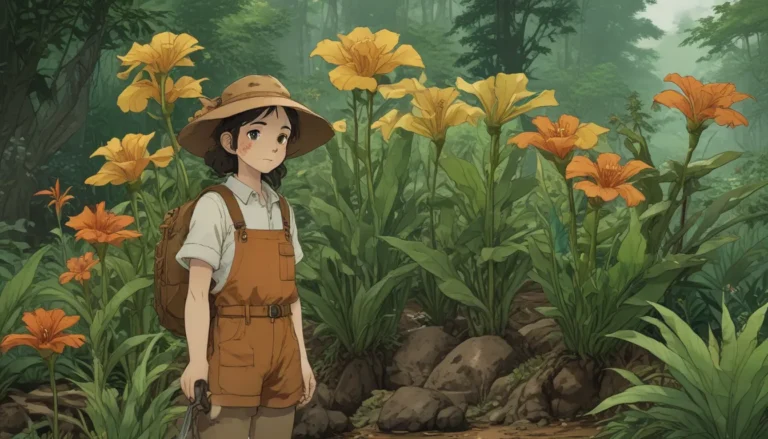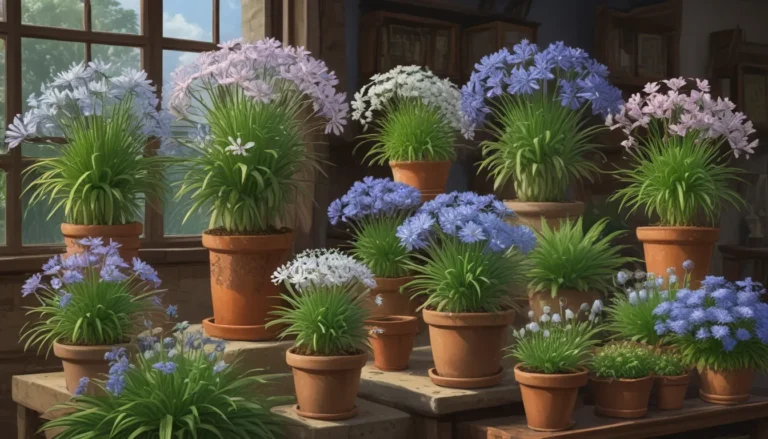Annuals and Perennials: Exploring the Differences
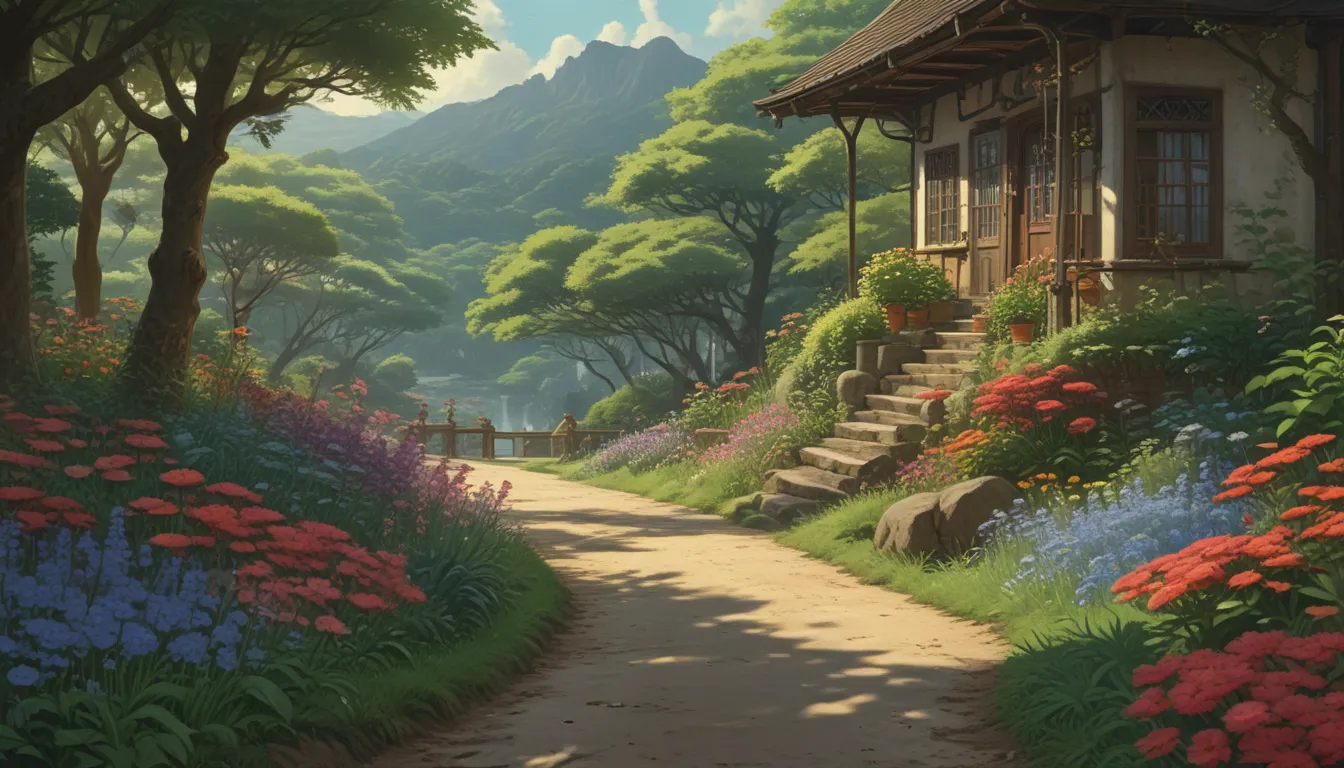
Have you ever found yourself wondering about the differences between annuals and perennials when it comes to gardening? While we might assume that everyone knows what these terms mean, there’s actually more to it than meets the eye. In this comprehensive guide, we will delve into the world of annuals, perennials, biennials, and plants that blur the lines between these categories. Let’s break it down and explore the fascinating world of plants together.
Understanding Annuals
Annuals are plants that complete their entire life cycle within one growing season. From germination to reproduction, these plants do it all in just one year. Gardeners often appreciate annuals for their vibrant and long-lasting flowers, which are showier than those of their perennial counterparts. The key characteristics of annuals include:
- Fast reproductive cycle
- Showier flowers
- Herbaceous nature
- Self-fertile
- Seed production for future growth
Types of Annuals
There are two main types of annuals:
- Summer Annuals: Germinate in the spring and complete their life cycle before winter.
- Winter Annuals: Germinate in the fall and thrive till the next spring.
Popular Annuals for Your Garden
If you’re looking to add some color and vibrancy to your garden from spring through fall, consider planting these popular annuals:
- Sweet alyssum
- Celosia
- Sweet peas
- Marigolds
- Nasturtiums
- Cosmos
Whether you need late summer color or vivid fall hues, annuals can provide a burst of beauty in your garden.
Exploring Perennials
On the other hand, perennials are plants that take more than one year to complete their life cycle. From long-lived varieties like bristlecone pines to short-lived species such as columbine, perennials come in various forms. Key features of perennials include:
- Extended lifespan
- Herbaceous or woody structure
- Reproduction through roots, stolons, and seeds
- Dioecious nature
- Multiple reproductive cycles
Perennials for Every Season
Perennials offer year-round interest in your garden, blooming during different months depending on your location. Consider planting these perennials for a continuous display of color:
- Winter: Hellebores
- Early Spring: Tulips and daffodils
- Late spring: Peonies and clematis
- Summer: Coneflowers
- Fall: Chrysanthemums and dahlias
Biennials: A Unique Category
Biennials are plants that require two years to complete their life cycle, with the first year focused on establishment and the second year on flowering and seeding. Some common biennials include brassicas, foxgloves, hollyhocks, and black-eyed Susans.
Plants that Defy Categorization
Some plants challenge traditional categories of annuals and perennials by exhibiting unique behaviors. For example, annual species like nasturtiums can reliably reseed themselves each year, while perennial species like pansies and petunias are often grown as annuals in cooler climates. Examples of these boundary-crossing plants include:
- Nasturtiums
- Sweet alyssum
- California poppies
- Cosmos
- Grasses
Choosing the Right Plants for Your Garden
When it comes to selecting plants for your garden, there is no one-size-fits-all answer. Both annuals and perennials have their own advantages and appeal. Consider the following factors before making your decision:
- Desired color and duration of bloom
- Maintenance levels
- Longevity and replenishment needs
- Environmental impact
Most gardeners find that a mix of annuals, herbaceous perennials, and woody plants offers a balanced and dynamic garden space. How do you prefer to use annuals and perennials in your garden? Share your insights in the comments below.
Further Reading
If you’re eager to learn more about annuals and perennials, check out these informative resources:
- How to Start Annuals Indoors from Seed
- The Complete Guide to Dividing Perennials
- Your Guide to Fall and Spring Perennial Cutbacks and Pruning
Exploring the world of plants can be a rewarding journey, filled with beauty and wonder. By understanding the distinctions between annuals and perennials, you can create a vibrant and diverse garden that reflects your personal style and preferences. Happy gardening!
